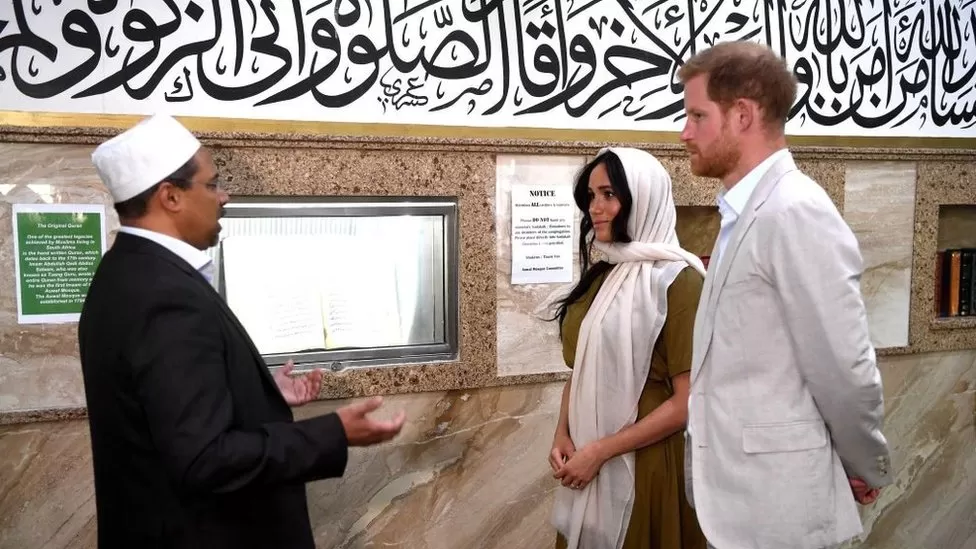How South Africa’s oldest Quran was saved

An Indonesian imam who was banished to the southern tip of Africa by Dutch colonisers handwrote the Quran more than 200 years ago, which Cape Town Muslims jealously guard at a mosque in the city’s historic Bo Kaap district.
While renovating the Auwal Mosque in the mid-1980s, builders found it in a paper bag in the mosque’s attic.
Upon being shipped to Cape Town from Tidore island in Indonesia in 1780 as a political prisoner as punishment for joining the resistance movement against Dutch colonizers, Imam Abdullah ibn Qadi Abdus Salaam, affectionately known as Tuan Guru, or Master Teacher, researchers believe he wrote the Quran from memory.
“The attic looked like no one had been in it for over 100 years,” Cassiem Abdullah, a mosque committee member, says
A box of religious texts written by Tuan Guru was also discovered by the builders.”
Aside from a few fraying edges on the first few pages of the Quran, the unbound Quran was in surprisingly good condition.
Ink used for the clearly legible Arabic script writing was, and still is, in very good condition.
A big challenge for the local Muslim community was ensuring that all the pages containing the Quran’s over 6,000 verses were placed in the correct sequence in order to preserve one of the most valuable artifacts in their rich heritage.
Maulana Taha Karaan, who was head jurist of the Muslim Judicial Council in Cape Town, worked with several local Quranic scholars on this project. A three-year process culminated with the binding of the pages.
Since 1794, the Quran has been displayed in the Auwal Mosque, which was founded by Tuan Guru as the first mosque in South Africa.
During the last decade, the committee secured the priceless manuscript in a fire- and bullet-proof casing in front of the mosque after three unsuccessful attempts to steal it. Shafiq Morton, Tuan Guru’s biographer, believes Guru likely began writing the first of five copies while imprisoned on Robben Island – where Nelson Mandela was imprisoned from the 1960s to the 1980s – and continued to do so after his release.
The majority of these copies were written when he was 80 to 90 years old, making his achievement all the more remarkable since Arabic was not his first language.
Tuan Guru was jailed on Robben Island twice, once from 1780 to 1781 when he was 69 years old, and again between 1786 and 1791 when he was 73.
According to Morton, one of the reasons he wrote the Quran was to lift the spirits of the slaves around him. He realized that by writing a copy of the Quran he could educate his people and teach them dignity at the same time.”
If you look at the Dutch paper used by Tuan Guru in the archives, it is very similar to the paper used by the Dutch.
It would have been easy for him to obtain black and red ink from the colonial authorities since he would have made his own pens from bamboo.”
In what was then a Dutch colony, Shaykh Owaisi, a lecturer in South African Islamic history and an expert on handwritten Qurans in Cape Town, believes Tuan Guru was motivated by the need to preserve Islam among Muslim prisoners and slaves.
Tuan Guru was teaching the Quran to the children while they preaching the Bible and converting the Muslim slaves.
“It tells a story of resilience and perseverance. It shows the level of education of the slaves and prisoners brought to Cape Town.”
